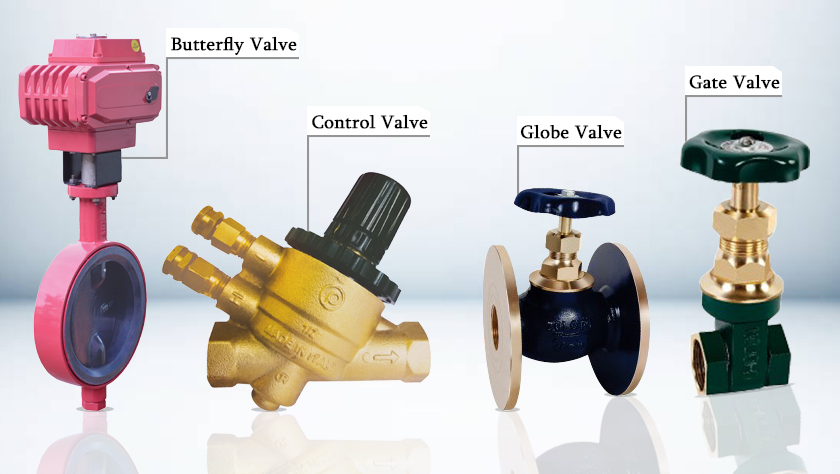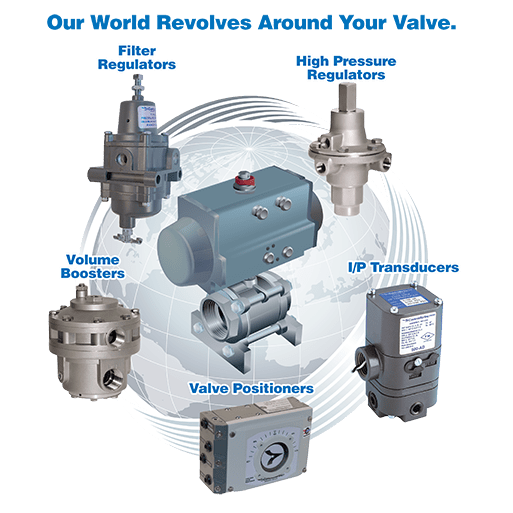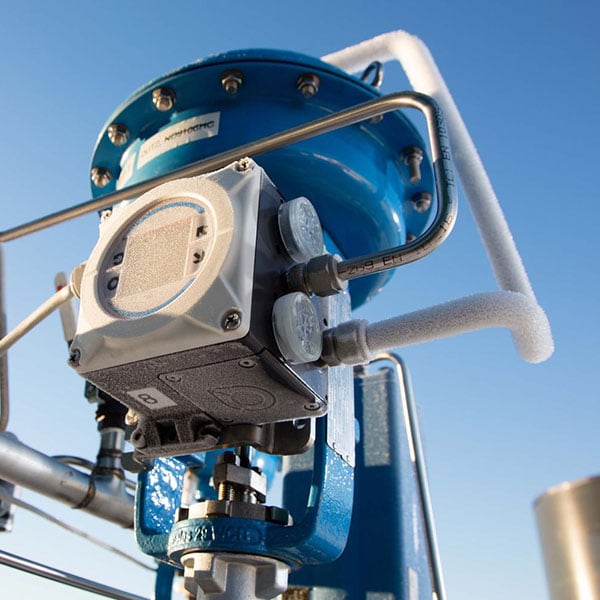Exploring the Performance of Modern Control Valves in Industrial Applications
Wiki Article

Maximize Power Financial Savings and Comfort With Advanced Structure Automation Controls
In the world of modern-day architecture and center monitoring, the assimilation of innovative structure automation controls stands as a critical improvement. The merging of innovation and sustainability has birthed a new period where energy efficiency, convenience optimization, and operational streamlining are no more distant goals but achievable realities. By using the power of automation, buildings can adapt, react, and develop in methods that were when unthinkable. The capacity for considerable energy financial savings and boosted convenience is not simply a guarantee but an opportunity waiting to be satisfied. This standard change in structure administration holds the essential to unlocking a globe where environmental conscientiousness and occupant health harmoniously exist side-by-side within the wall surfaces of our frameworks.Power Efficiency Conveniences
Energy effectiveness benefits can substantially reduce energy usage and functional costs in structures. Energy-efficient systems, such as innovative structure automation controls, can maximize the usage of resources like home heating, lighting, and air conditioning, leading to lower power costs over time.Moreover, boosted energy effectiveness can lengthen the life-span of building equipment and systems. By running much more effectively, a/c systems, lighting fixtures, and other structure parts experience less deterioration, causing minimized upkeep and substitute costs. Additionally, energy-efficient structures typically regulate higher residential property worths and rental rates, providing long-lasting economic benefits to proprietors.
Furthermore, power efficiency can improve passenger comfort and productivity. Appropriately regulated indoor atmospheres with optimal lights and thermal conditions produce a more helpful and pleasant work space, causing boosted worker contentment and performance. Generally, the power efficiency advantages related to advanced building automation controls are diverse, incorporating price financial savings, environmental stewardship, and passenger health.
Boosted Convenience Control
Enhancing convenience control in structure atmospheres needs an innovative combination of sophisticated automation systems for ideal owner well-being. By using advanced structure automation controls, facilities can customize the interior environment to meet the details needs and choices of passengers. These systems make it possible for specific law of temperature, lights, and air flow, creating a comfortable and efficient environment. Resident complete satisfaction and performance are carefully connected to thermal convenience, making it important to have systems in place that can adjust to transforming conditions in real-time.By including these sophisticated controls, buildings can not only enhance convenience however additionally boost power efficiency by optimizing system operations based on actual occupancy and usage patterns. Eventually, focusing on occupant comfort with advanced automation systems leads to an extra enjoyable and much healthier interior setting.
Functional Effectiveness Improvements

Additionally, the execution of real-time surveillance and analytics tools allows structure drivers to determine energy ineffectiveness and functional anomalies quickly. By continually keeping an eye on energy use patterns and system performance metrics, changes can be made in real-time to enhance energy consumption and ensure peak operational performance. control valves. Furthermore, integrating demand feedback methods right into building automation controls can further improve functional efficiency by dynamically adjusting power use based on grid conditions and pricing signals
Indoor Climate Optimization
Efficient indoor climate optimization is an essential facet of building automation controls, ensuring passengers' convenience and well-being while making the most of power cost savings. By making use of sophisticated sensors and controls, building automation systems can continuously keep track of and change temperature level, moisture levels, air top quality, and ventilation to develop an ideal interior atmosphere. Keeping comfy and regular problems not just enhances occupant complete satisfaction yet additionally enhances productivity and overall well-being.Interior environment optimization likewise plays a critical duty in power effectiveness. By fine-tuning air conditioning, air flow, and heating you could look here systems based on real-time data and tenancy patterns, developing automation controls can significantly minimize power consumption - control valves. Executing techniques such as demand-controlled air flow and thermal zoning can assist minimize power waste while guaranteeing that each location of the structure gets the needed conditioning.

Lasting Atmosphere Production
Structure automation controls not just optimize indoor environment conditions for power effectiveness and resident convenience however also lay the structure for producing a lasting atmosphere through calculated management of sources and systems. By integrating advanced building automation technologies, such as sensors, actuators, and intelligent software, centers can keep an eye on and change power use in real-time to decrease waste and decrease their carbon footprint. These systems allow anticipating upkeep, identifying potential concerns before they intensify and maximizing tools performance to enhance longevity and performance.Additionally, lasting environment creation prolongs beyond energy monitoring to encompass water conservation, waste decrease, and interior air high quality enhancement. Structure automation controls can control water usage, detect leakages, and guarantee correct waste disposal techniques, adding to total sustainability efforts. Additionally, by monitoring and managing air flow and filtration systems, these modern technologies improve resident wellness and productivity while lowering power consumption related to a/c procedures.
Conclusion
To conclude, progressed building automation regulates deal considerable benefits in regards to power financial savings, comfort control, functional efficiency, interior climate optimization, and producing a lasting environment. By applying these controls, structures can accomplish ideal performance while browse around this site reducing power intake and enhancing resident comfort. It is apparent that the use of advanced automation technology is critical in improving structure performance and producing an extra sustainable future.Energy efficiency advantages can significantly lower energy consumption and operational expenses in structures. Generally, the energy effectiveness advantages linked with sophisticated structure automation controls are complex, encompassing cost savings, environmental stewardship, and passenger well-being.
Additionally, integrating need reaction approaches into building automation controls can further improve operational performance by dynamically changing energy usage based on grid problems and pricing signals.
Structure automation regulates not just enhance interior climate conditions for power effectiveness and resident comfort however likewise lay the structure for creating a sustainable environment through strategic management of systems and resources.In verdict, advanced building automation manages offer substantial advantages in terms of power savings, convenience control, get redirected here operational efficiency, indoor climate optimization, and producing a sustainable environment.
Report this wiki page